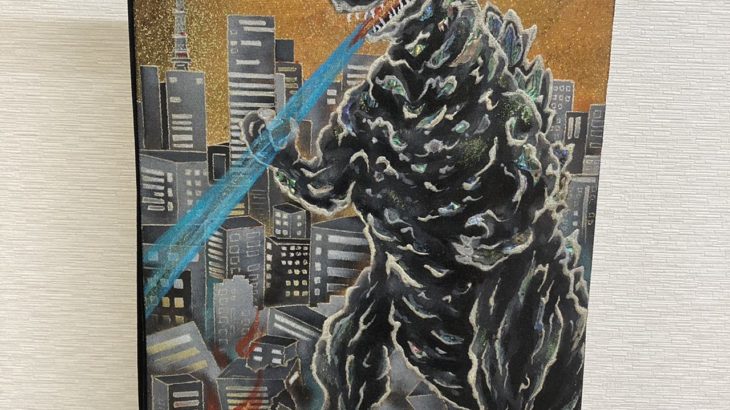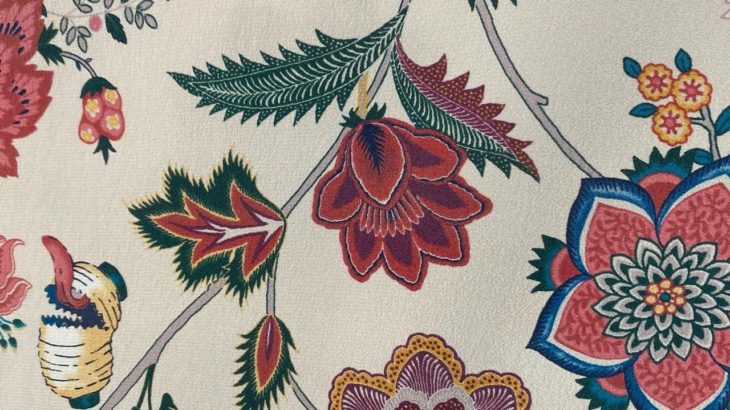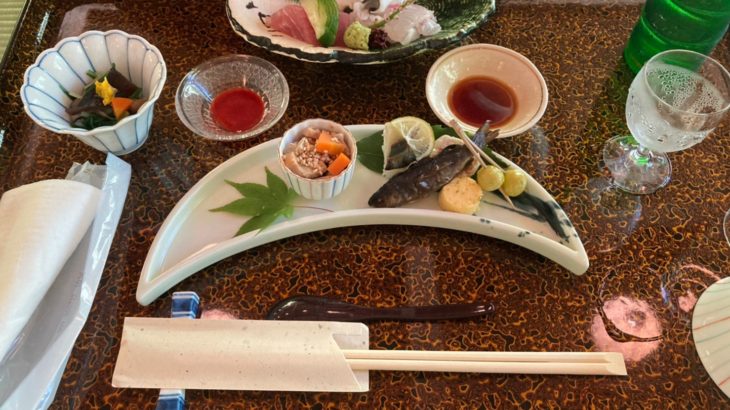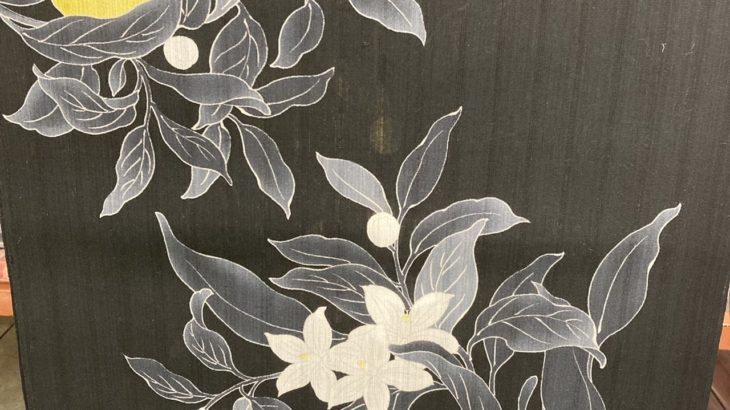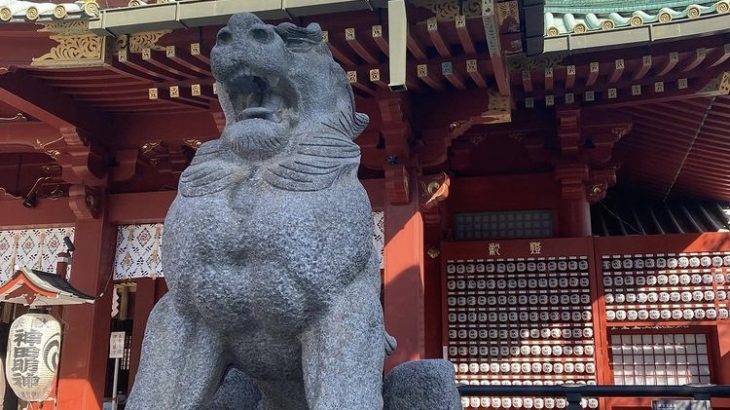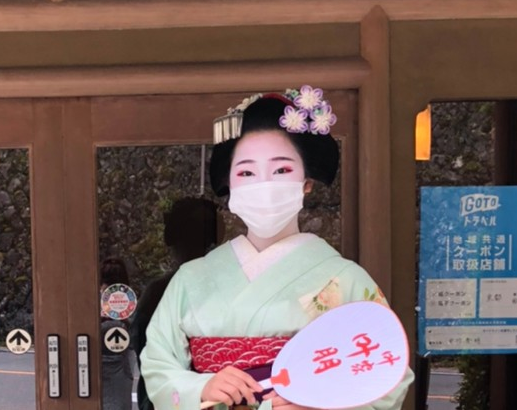Hello, this is Shinji from Warashibe-choja.jp. Speaking of Nishijin, it is the largest obi production area in Japan.
As I sometimes advertise on Instagram (@warashibe-choja.jp), I’ve been working with the craftsmen of Nishijin-ori to find ways to introduce Nishijin-ori to the world. This time, I would like to introduce some of the things we are working on with the craftsmen of Nishijin.
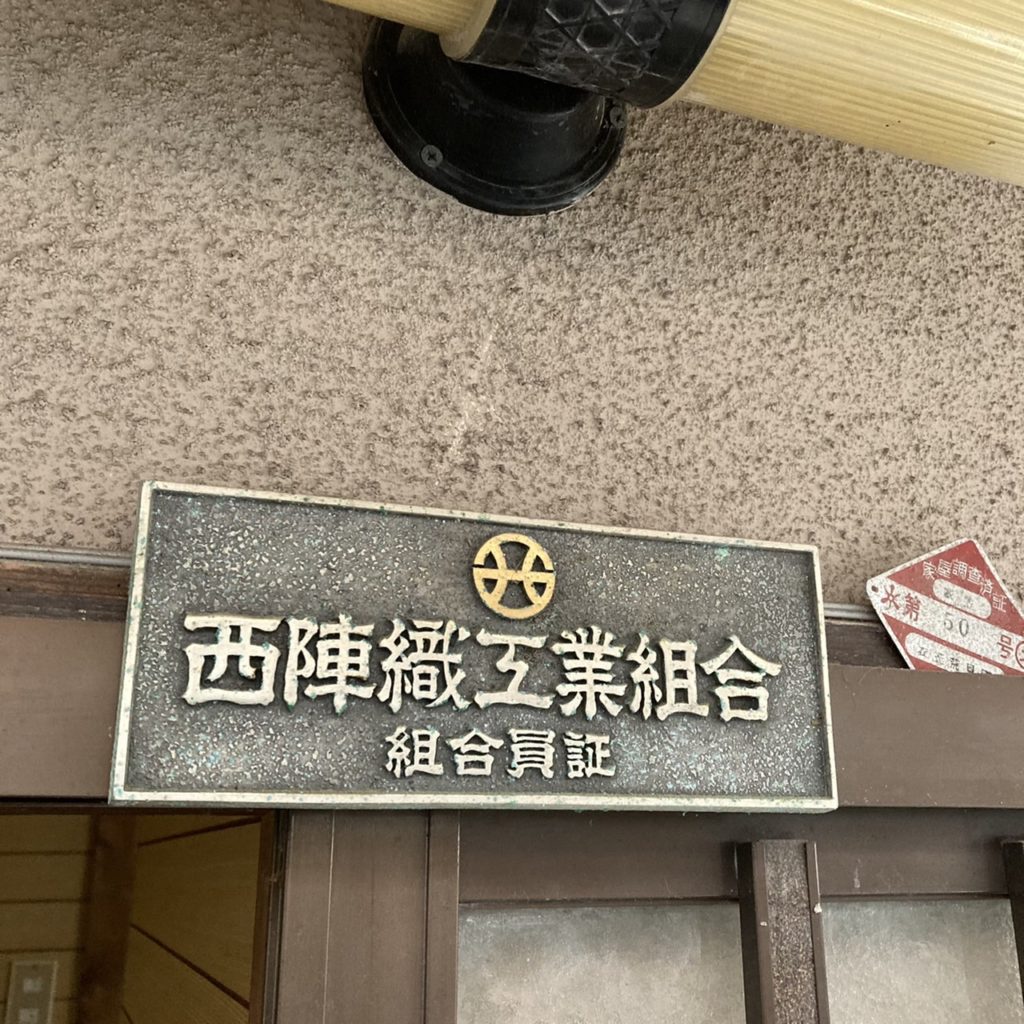
History of Nishijin
As I have mentioned before, after the Onin War (1467-1477), weavers who had scattered to various places returned to Kyoto and resumed weaving. The name “Nishijin” came from its location west of the Kyoto Imperial Palace.
Types of Weaving
Weaving has been flourishing since the 5th century, and after the Onin War, the area was called Nishijin, and this year marks 555 years since then. During that time, many techniques have been born and disappeared. I would like to introduce some of the techniques and weaving methods that still remain today.
Tsuzure-ori
The origin of Tsuzure-ori is said to be in Egypt, where Tsuzure-ori clothing was found in a royal tomb in the 15th century BC. It is said to have been introduced to Japan in the Asuka period, but after that, it was no longer seen.
The modern tsuzure-ori is said to have originated in Nishijin during the Edo period.
It is called “Tsumegaki-hon-tuzure-obi” because the warp threads are folded with a lot of hammering so that they cannot be seen, and the nails are sharpened to jagged edges to weave in the weft threads. It is one of the highest quality obis.
Sukui-obi
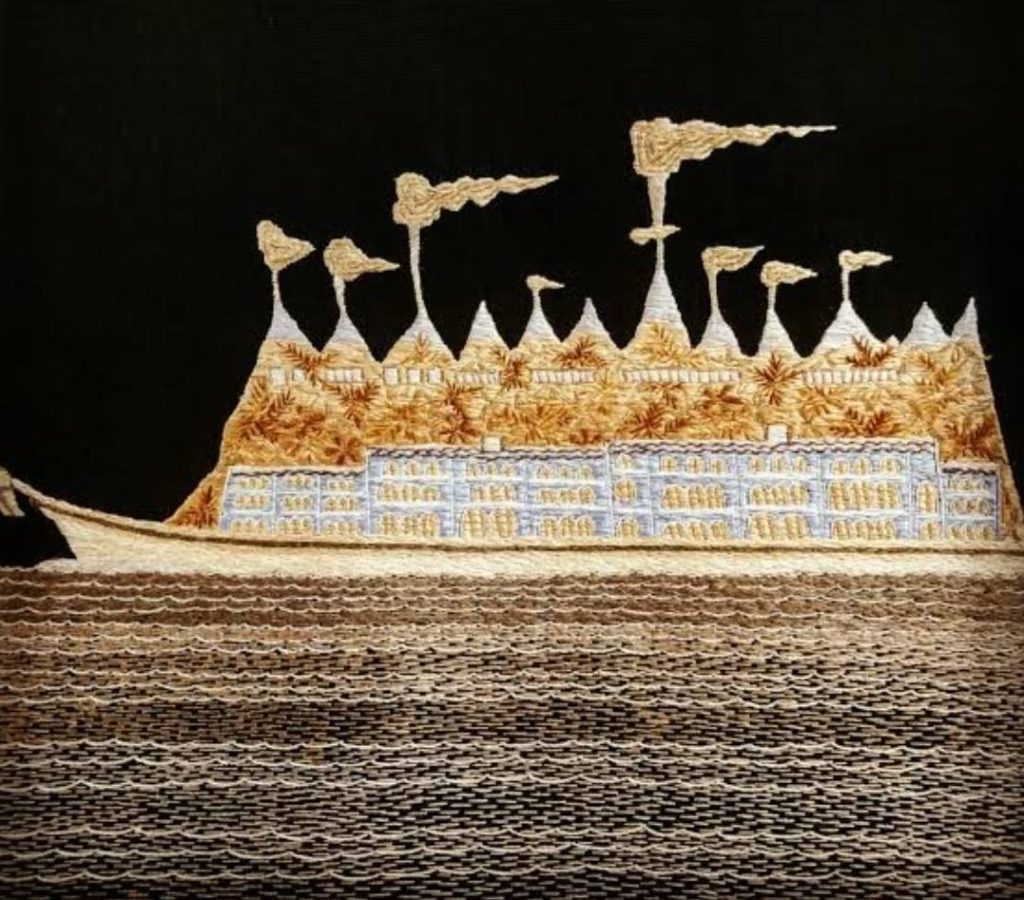
The weaving method is similar to that of Tsuzure-ori, but the warp yarn is scooped up by the weft yarn to create the pattern while looking at the draft. Compared to ordinary jacquard weaving, it is characterized by its ability to express delicate patterns.
Hon-bukuro-obi
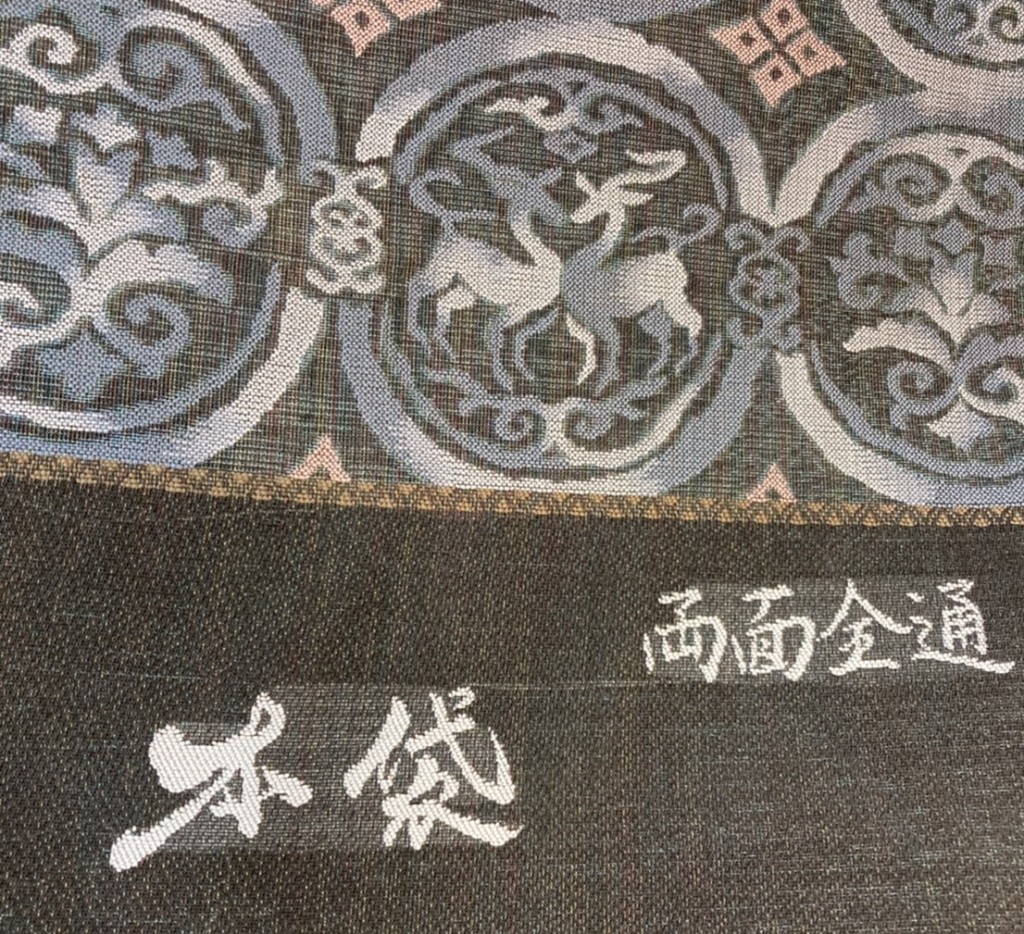
Most modern Nishijin obis are made by weaving the front and back of the obi separately and then sewing the two together to make a sack. Hon-bukuro-obi is made by weaving the obi into a sack at the weaving stage. There is no sewing involved. The fact that it is made of the same thread and material, and that there are no sewn parts, makes it easier to tie the obi.
Foil obi
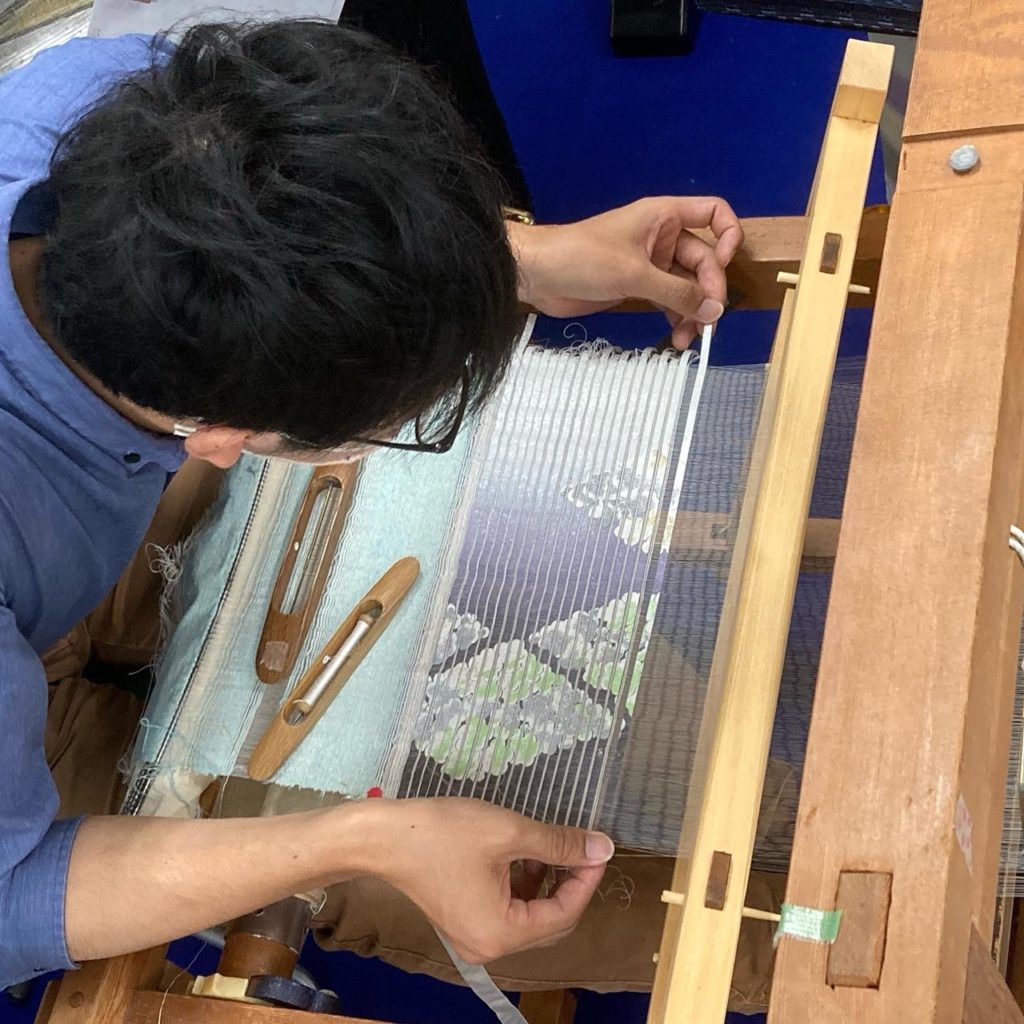
Gold leaf is applied to washi paper using lacquer, and then yuzen or gilding is applied. This technique involves cutting them into 5mm to 10mm pieces and weaving them into the obi in order. It is necessary to weave them carefully so that the order is not wrong and the patterns do not shift. Although it depends on the width of the cut, many of them are hand-woven one by one because the washi would be crushed if they were woven by machine.
dyed obi
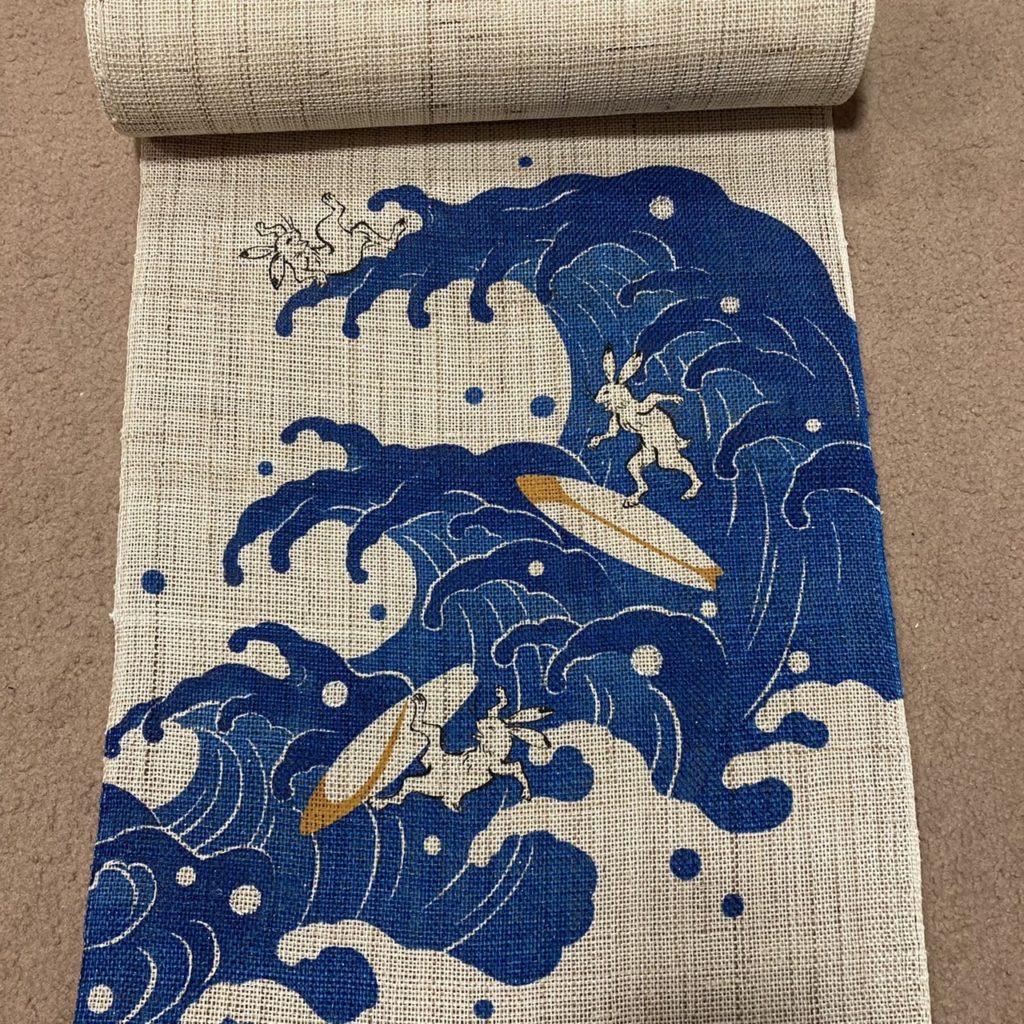
As with kimono, Shiose and Chirimen fabrics are made into obi. It is soft, and when coordinated with textiles such as silk, it becomes a very stylish and popular obi. Unlike woven obi, you can enjoy a variety of materials, designs, and techniques, but as an obi, it is often used with everyday wear.
The Challenge of Nishijin Textiles

One of the challenges we are taking on with the craftsmen of Nishijin is wallpaper. It is woven in a width of 150cm, which is not often seen in Nishijin, and can be applied with fire retardant properties. Of course, it can be woven with polyester fiber as well as silk, so it is easy to care for. We have proposed this to a world-famous architect, and he is going to adopt it.
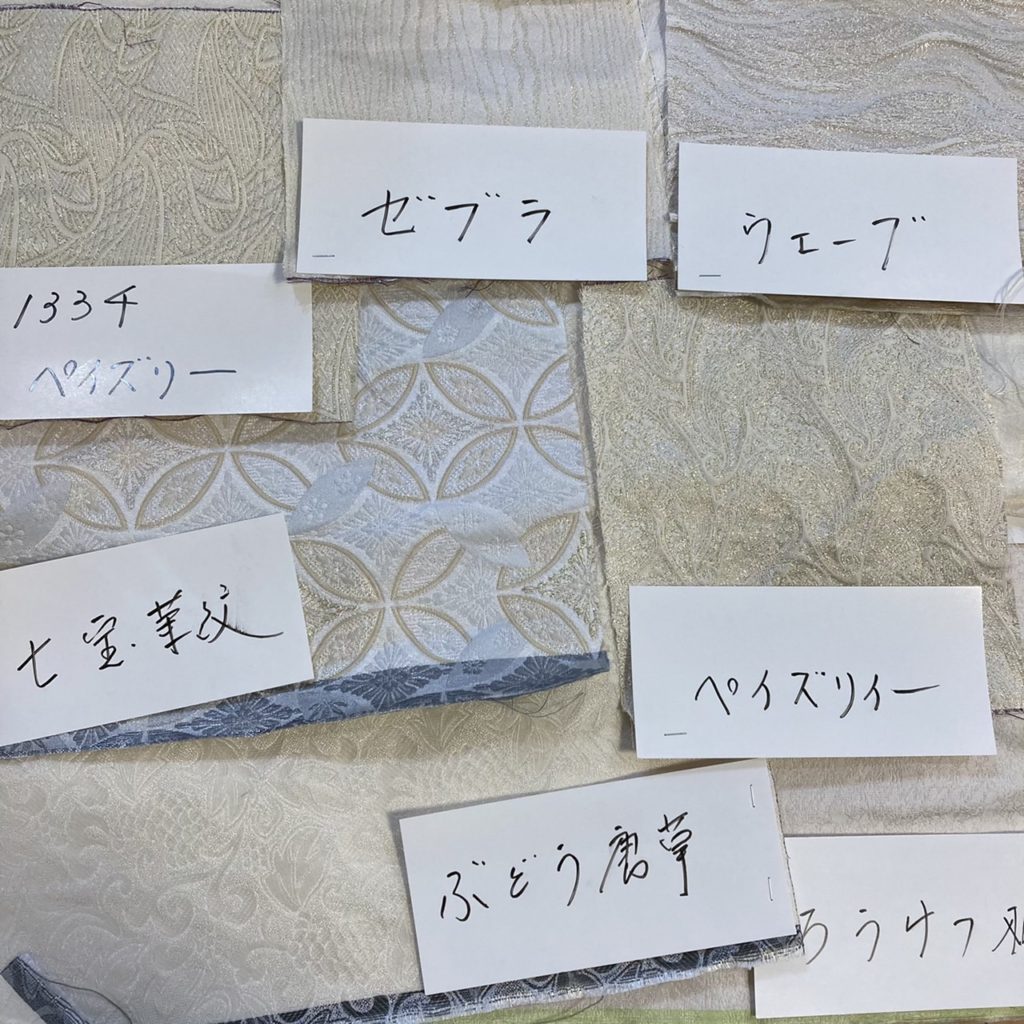
The other is a plate made of obi cloth. Many people use the miniature plates as accessory holders, key holders, and so on. They can be washed in water, so you can actually use them. Some of them are being used in bars of famous hotels. Now, we have been asked to install them permanently in a department store.
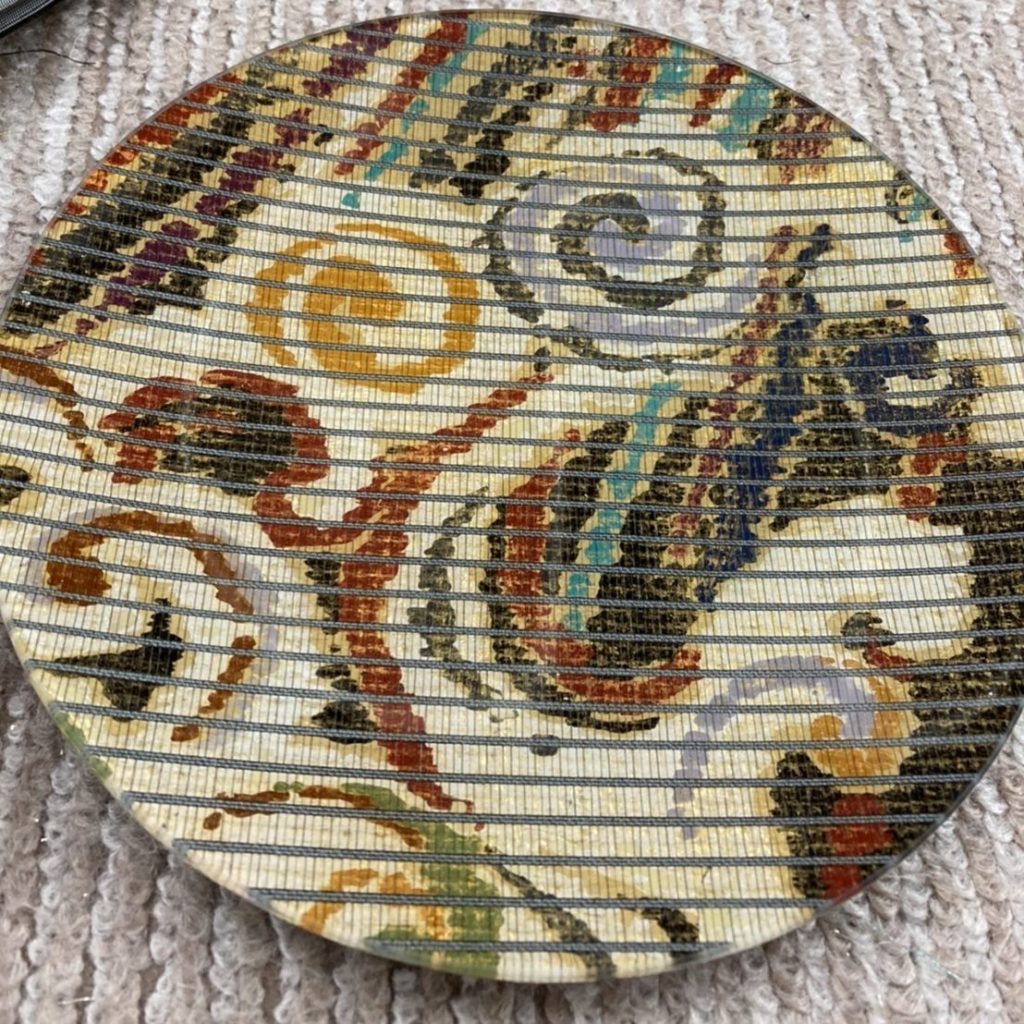
I hope that little by little, people will connect with each other and Japanese culture will spread to the world, as Warashibe-choja.jp aims to do.
Instagram:@warashibe-choja.jp
Web shop:わらしべ長者.JP
